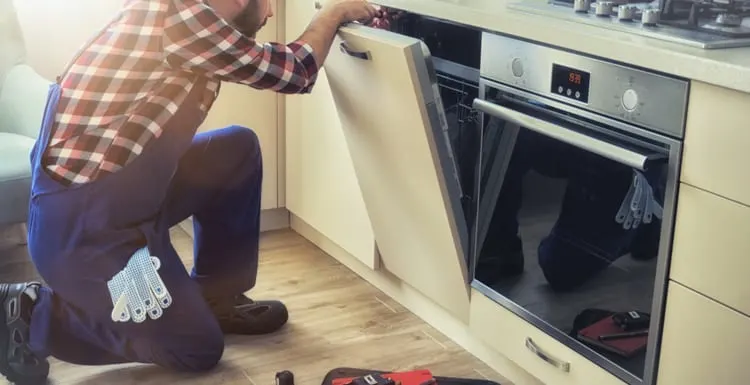Wondering how to install a dishwasher?
Then look no further than our complete guide. We’ll cover pricing, tips for doing it yourself, and when to call a pro. Read on to learn all you need to know.
We partnered with Networx to help you find local plumbers in your area. Click to below to get a FREE quote.
How to Install a Dishwasher
Many homeowners find themselves wondering how to install a dishwasher without causing leaks or ruining their cabinetry. What tools and materials are needed? How long does it take?
Is it a difficult job, or suitable for a beginning DIYer?
We’ll cover how to install a dishwasher in this comprehensive guide, whether you’re installing a dishwasher for the first time or replacing your old dishwasher with a new one.
Required Tools
- Tape measure
- Dishwasher installation kit (containing dishwasher 90 and new supply line)
- Hose clamps
- Wrench
- Electrical tape
- Screwdriver
Reciprocating or jigsaw, power drill with core bit, and chalk line or laser level (if you’re removing a cabinet to make room for a dishwasher) That’s all you need to get started.
And your new dishwasher, of course! Many new dishwashers will come with the installation supplies you need (like the dishwasher 90 fitting and a new supply line).
But it’s wise to grab these essentials in case yours doesn’t. Even a beginner DIYer can handle this project with ease by carefully following instructions. Let’s get started!
1. Turn Off the Power and Hot Water
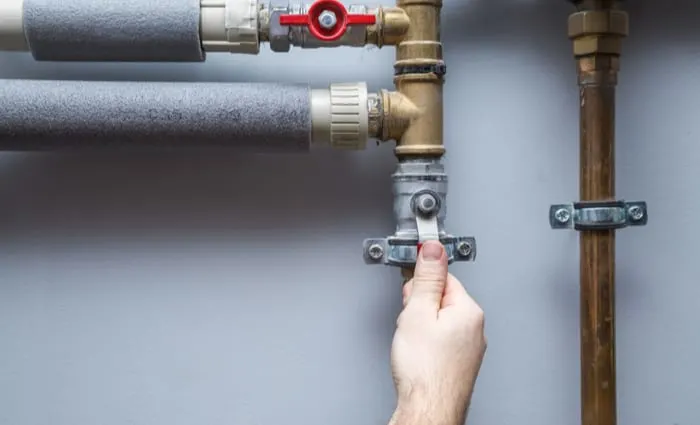
Fotoduets/Shutterstock
Before you begin any work on this project, go ahead and shut off the power and hot water used to hook up your dishwasher. These are simple steps.
On your home’s breaker panel, find the switch that cuts off the power to where the dishwasher is located. To turn off the hot water, check under the sink for the valve and make sure it’s closed.
2. Determine the Placement
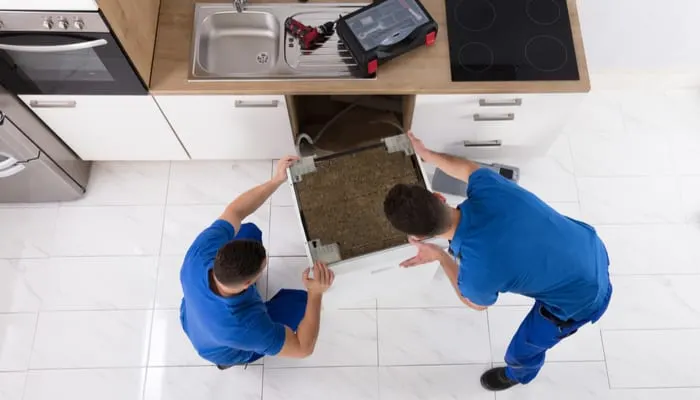
Andrey_Popov/Shutterstock
Before you begin this DIY project, make sure you have a functional space and placement for the dishwasher.
Dishwashers use the water and waste lines connected to your sink. So placing it near the sink is the standard choice for most homeowners.
If you are replacing an existing dishwasher, this project will be easier. Dishwashers, unlike refrigerators or stoves, generally come in one standard size: 24 inches wide, 35 inches high, and 24 inches deep.
Removing a Cabinet to Install a Dishwasher for the First Time
If you are installing a dishwasher for the first time, you will need to remove a cabinet to make space for it. If your cabinets are not built-in, you can use a reciprocating saw or a jigsaw to cut into the face of the cabinet.
Do this only as wide and high as your dishwasher requires. You will need to cut into the base of the cabinet box and again use the measured dimensions of your new dishwasher.
Your cut lines must be straight, so your dishwasher can slide right in. Be sure to use a chalk line or laser level to get the straightest line. Once the dishwasher is in place, you can adjust the height of the dishwasher legs.
This can be easily done with a wrench to make sure it fits flush with your countertop. Once you’ve removed the cabinet where your new dishwasher will go, you need to make a hole for the plumbing and wiring to run through.
As long as you placed your dishwasher right next to the sink, you should use a drill with a core bit to drill through the sidewall of the cabinet closest to the sink.
You should drill the hole near the back of the sidewall and ensure the water and power lines can reach through it. But be careful not to split the board, as they are fragile.
3. Read the Installation Instructions

Wavebreakmedia/Shutterstock
While we’ll cover every step of dishwasher installation in this guide, the specific instructions that came with your new dishwasher might tell you about a different feature.
There might also be an important note about installing your dishwasher model. Make sure to carefully read the instructions thoroughly, so you don’t miss any essential information.
4. Connect the Drain Line
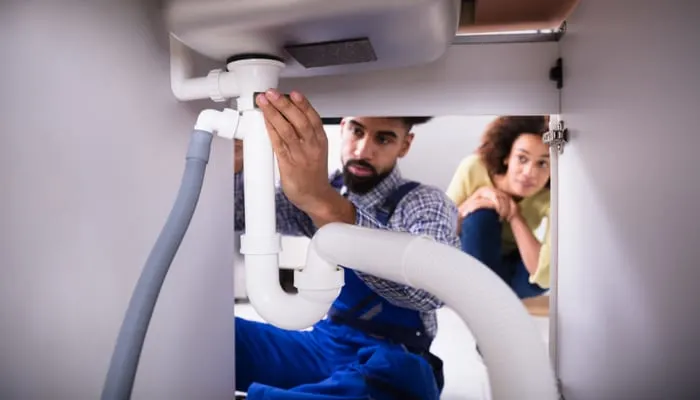
Andrey_Popov/Shutterstock
Remove the dishwasher from the box and lay it on its back to look at the connection areas underneath.
Your dishwasher will come with a drain hose that needs to be connected to the dishwasher’s drain line.
Remove the cap over the drain line connection (your instructions will tell you precisely where to find it) and attach it to the drain hose. If a little water comes out of the drain hose, don’t worry.
It’s from the factory testing. You will want to use a small hose clamp to be sure it is securely in place. Thread your drain hose through the hole connecting to your sink so it can be attached later.
Now, slide your dishwasher into its cabinet space. Use a wrench to adjust the height of the dishwasher legs to fit flush with the countertop above it.
5. Connect the Water Line and Dishwasher Elbow
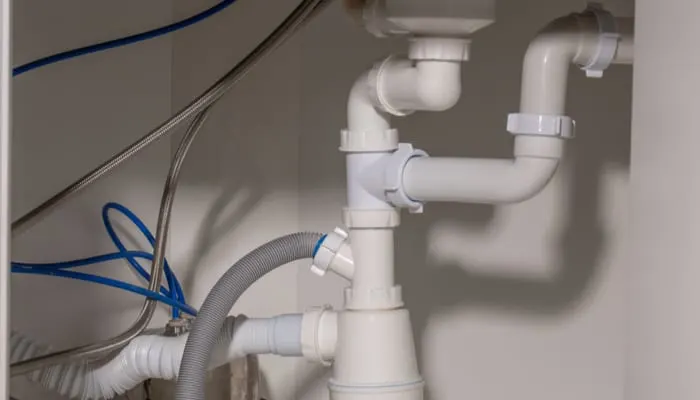
Sherbak_Photo/Shutterstock
Your dishwasher might have come with a special pipe fitting called a “dishwasher 90,” but if it doesn’t, you can purchase a low-cost dishwasher installation kit that contains everything you will need.
The dishwasher 90 is a small, 90 degree angled elbow fitting that allows the water line to lie flat rather than bending at an angle. You will attach this fitting to the dishwasher water valve or line located under the washer.
After the drain line, water line, and “dishwasher 90” are connected, you can start on the electrical work. Don’t worry — the hard part is almost done.
6. Secure the Electrical Connections
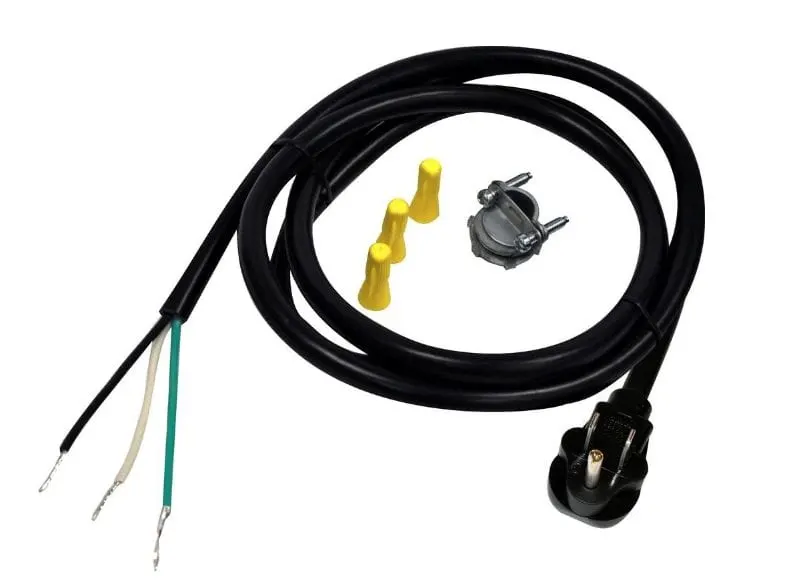
Image Source: Homedepot.com
Now, the wires that carry power to the dishwasher need to be connected. Before you do this step, verify again that your power is still off at the breaker level.
If your dishwasher spot already has power, find the wires from your junction box and put them in place. You’ll just uncap the wires, slide them through the sleeve or wire nut, and tighten them up, so the cables stay secure.
Some professionals recommend wrapping them with electrical tape as well. As you do this, match all your connections – white with white, green to green, etc.
Finally, put the copper ground wire under the round green screw and tighten it up. Once all the connections are secure, screw the junction box back in place.
7. Reconnect the Drain Hose
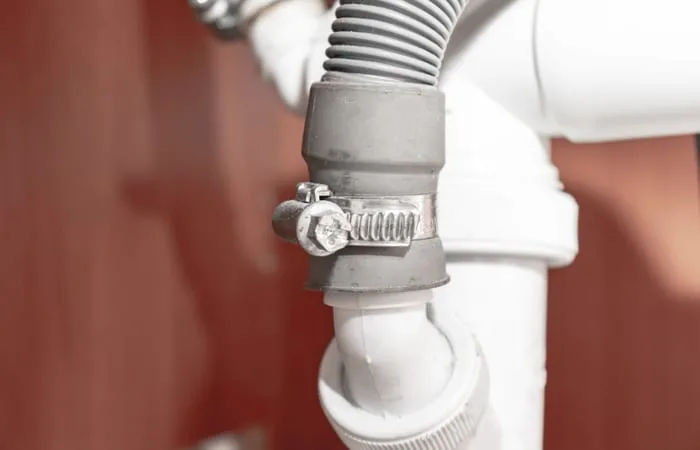
ReaLiia/Shutterstock
Remember when you threaded the new drain hose through the opening that leads to the cabinet under the sink?
Now, you’ll attach it. Under your sink, you probably have a sink tailpiece.
Your drain hose will fit onto the branch that comes off the pipe. Use a clamp to securely connect it to the sink tailpipe or the disposal, depending on your preference.
8. Test and Secure the Dishwasher
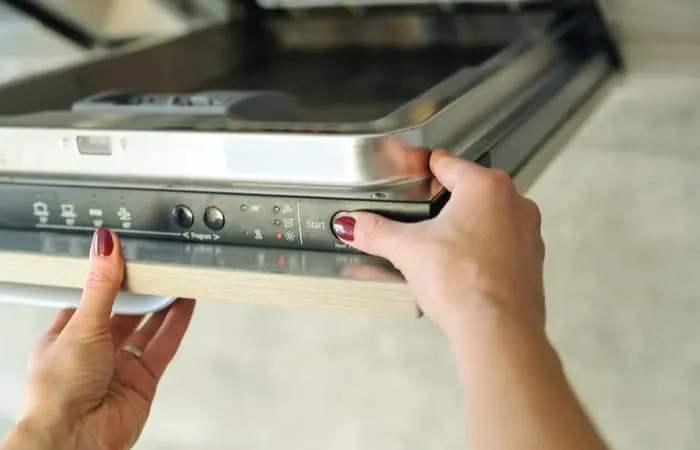
DUO Studio/Shutterstock
Your drain hose is connected, your water line, your power, and the dishwasher are securely in place. You can turn the water valve back on to see if you notice any leaks.
You may need to re-clamp a hose or check the connections at the bottom of the dishwasher if you see a leak. Don’t proceed until you are sure there are no leaks.
You can secure the dishwasher to the countertop with screws through the mounting brackets if there are no leaks. Turn the power back on at the breaker, and your dishwasher is ready to use!
How Long Does It Take to Install a Dishwasher?
It generally takes about an hour to an hour and a half to install a dishwasher. This depends on your expertise and familiarity with the different fittings and pipes below your sink.
installing a dishwasher could take a longer or shorter amount of time. If you have to remove a cabinet to create a space for the dishwasher, it will take longer.
Water Temperature and Usage in Dishwashers
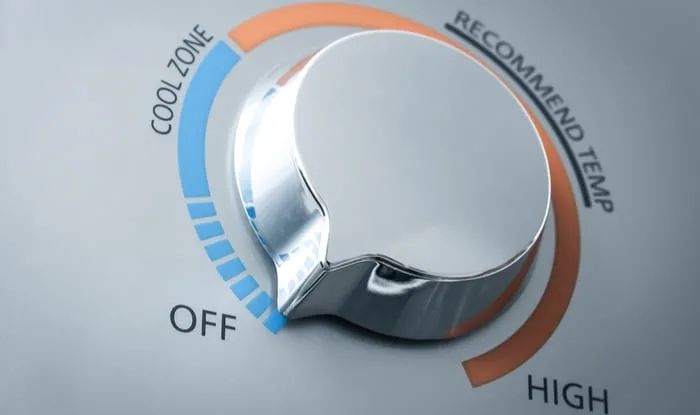
Shaynepplstockphoto/Shutterstock
The temperature of the water in your dishwasher is essential. You can check your hot water heater to see what the maximum hot temperature is in your home. A dishwasher needs water that is at least 120 degrees Fahrenheit.
But is should be no higher than 150 degrees Fahrenheit. The Department of Energy recommends checking the instruction manual for your dishwasher to find the manufacturer’s recommendation on water temperature.
If your dishwasher has an internal heating element, you may lower the hot water temperature for the rest of your house while having enough heat for your dishwasher to work efficiently.
They also recommend finding a dishwasher that is ENERGY STAR certified, which means it uses 4.25 gallons or less per wash cycle. Older dishwashers used anywhere from 8 to 14 gallons of water per wash cycle.
After Installation Tips
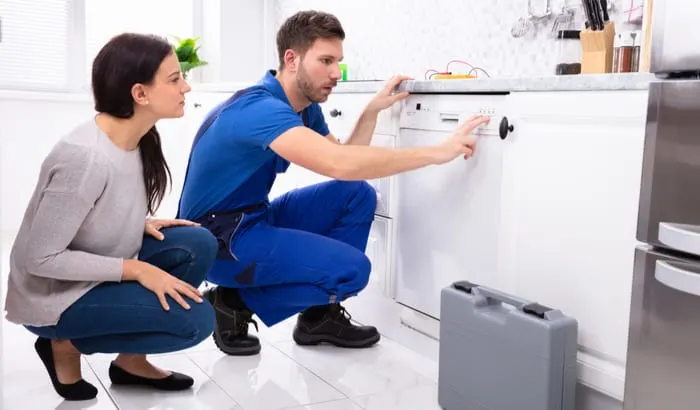
Andrey_Popov/Shutterstock
Once you’ve installed your dishwasher successfully, start a regular maintenance and cleaning program to keep it running smoothly.
You should regularly clean the internal parts of the dishwasher to make sure they are free from food and debris.
Also make sure the drain doesn’t get clogged, and run regular cycles with an acid (like white vinegar) in a bowl on the top rack to stop deposits from building up and making your dishwasher less efficient.
Now that you have installed your new dishwasher, keep it clean and well-maintained to ensure you can enjoy the fruits of your labor for years to come!
We partnered with Networx to help you find local plumbers in your area. Click to below to get a FREE quote.
Still Wondering How to Install a Dishwasher?
If you’re still wondering how to install a dishwasher, it’s probably time to call a pro.
After all, they know exactly what to do. They are also licensed and insured, meaning they’ll back up their work in the event of a misstep.
To connect with a local appliance repairman, simply enter your information into the above form or popup and you’ll be paired with a top-notch contractor. It’s really as simple as that!
Resources:

